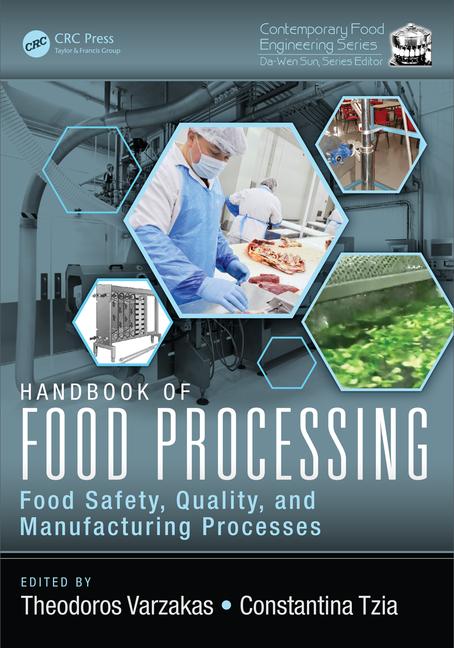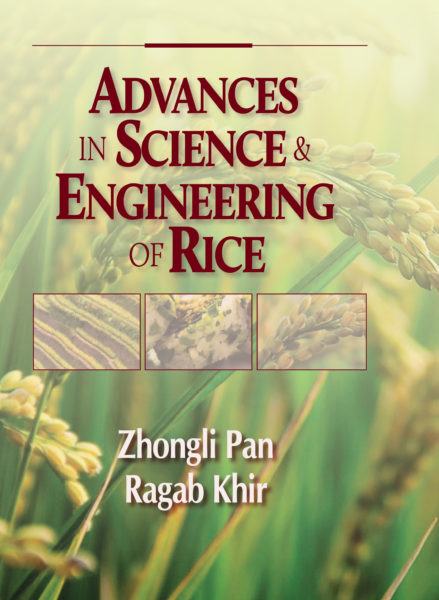Act now to comply with food-safety regulations

The global food industry is faced with some of the biggest food-safety changes in history. Not only has the U.S. proposed changes in the way food safety will be addressed, but so has Canada, China, India and other countries. At no other time have there been so many different countries putting forth efforts to improve food safety for their citizens and world trade.
The Food and Drug Administration’s (FDA) proposed regulations on the Foreign Supplier Verification Programs places responsibility on the U.S. importer for evaluating its foreign supplier’s food-safety program for food and/or food ingredients. In addition, the FDA Proposed Preventive Control Regulations require that the manufacturer perform hazard analysis and establish preventive controls for the hazards identified with products that it produces. In the end, when these two FDA proposals are finalized, manufacturers’ responsibility for food safety will increase, with the FDA focusing greater attention on the details of a firm’s food-safety programs.
The FDA proposed preventive control regulations require that U.S. food manufacturers conduct a detailed hazard analysis of each product produced. The hazard analysis must include every known or reasonably foreseeable hazard, including microbiological, chemical, physical and radiological hazards. Then, preventive controls must be developed for each of the identified hazards. These preventive controls are to be science-based and must be verified by the manufacturer to ensure that the controls established are effective in controlling the identified hazard.
The same must be done for any food or food ingredient before it can be brought into the U.S. from a foreign country. The foreign supplier must also include a similar hazard evaluation of its supply chain and, in the case of a finished food, establish preventive controls. In addition, the U.S. importer will be required to verify the foreign supplier’s food-safety program, and the end user in the U.S. will be required to verify the importer’s foreign supplier verification program.
The FDA proposal also requires that a detailed hazard analysis be conducted and preventive controls be developed and written by a “qualified individual.” The proposed regulations define the “qualified individual” as someone who has successfully completed training in development and application of risk-based preventive controls by a curriculum recognized as adequate by the FDA or otherwise qualified through job experience. As of this writing, the FDA hasn’t published what that recognized curriculum will be for the “qualified individual.”
Developing a compliance plan
While the comment period is just ending on the first two FDA Proposed Regulations of the Food Safety Modernization Act (FSMA), firms need to start preparation work aimed at compliance with the act. The act establishes the need for conducting a hazard analysis of each product that it produces as well as for the ingredients used in the production of that product. This is going to take a considerable amount of time and should be started now.
Consideration must be given to all the products a company manufactures and the ingredients used to produce them, as well as to whether the ingredients used are sourced domestically or are imported. Determine what ingredients or foods are imported, who currently imports the item and where they originated before arriving in the U.S. This information will provide you with a starting point with which to conduct a hazard analysis. Next, take an inventory of current critical control points as the first step in determining the preventive controls. How are you going to verify the preventive controls are effective in eliminating the identified hazards?
It’s important to start the planning stage at this time to determine your company’s needs and whether it needs additional technical expertise or changes in supply source or equipment to achieve compliance when the final regulations are published.
Author Gale Prince is founder and president of SAGE Food Safety Consultants, LLC, Cincinnati, which offers guidance and solutions to issues such as crisis management, food safety, regulatory compliance and quality assurance.
Looking for a reprint of this article?
From high-res PDFs to custom plaques, order your copy today!









